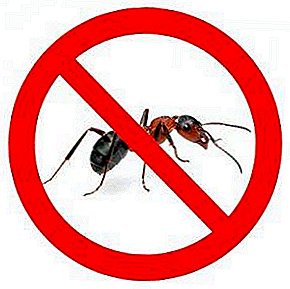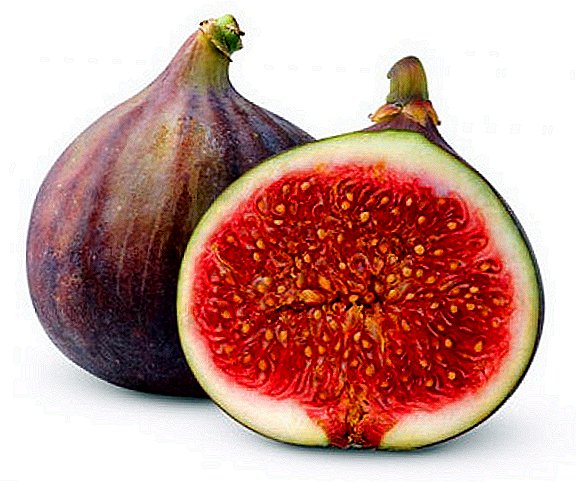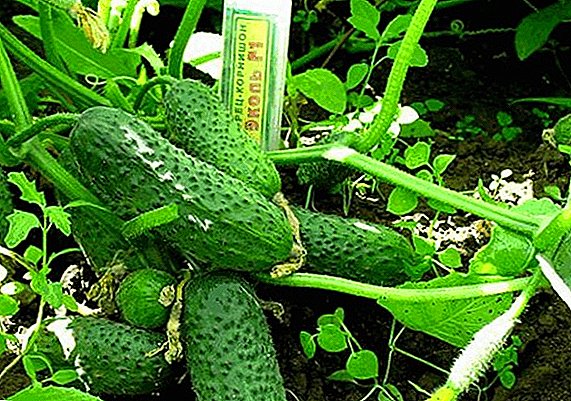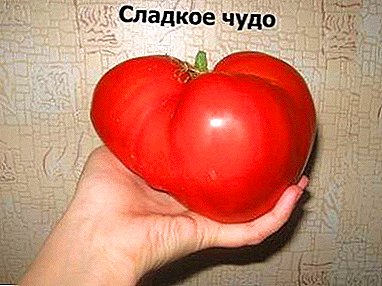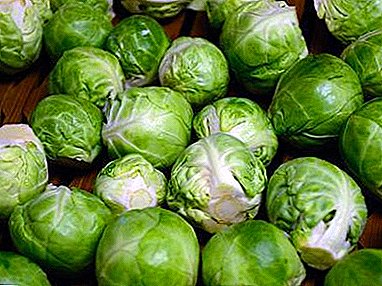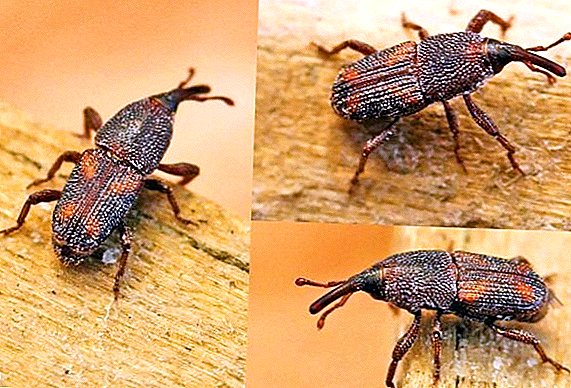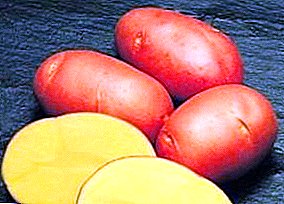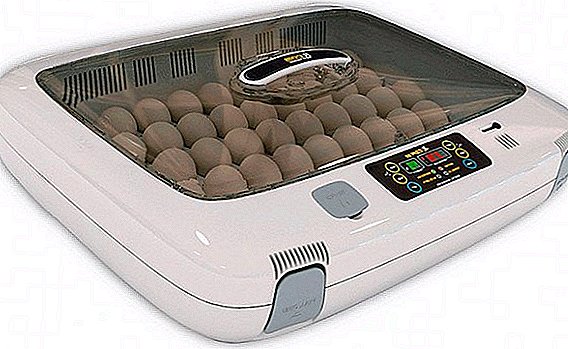
Westphalian Totlegers are among the rarest chickens in Europe. These poultry had previously often met in German farmsteads, but now they have begun to crowd out more productive breeds.
However, some breeders-collectors continue to breed in order to maintain its population.
The exact origin of the Westphalian Totlegers has not been established. However, one thing is known for sure: the Brekel breed, popular for those times, participated in the selection. The "Westphalian" inherited from her body shape, as well as good egg productivity. The remaining features of the breed were obtained from other domestic chickens.
The word "Totlegger" in German means a hen that can lay eggs until death. And indeed, these birds do not lose their ability to carry eggs until old age. It is this quality that the breeders wanted to bring out during breeding.
Description breed Totleger
 The rooster of the Westphalian Totlegers has a rounded and dense body that has a very lush bright plumage. The neck of the breed is of medium length.
The rooster of the Westphalian Totlegers has a rounded and dense body that has a very lush bright plumage. The neck of the breed is of medium length.
The red feathers around the neck of the rooster are so long that their ends fall flat on his shoulders and partly on the back. The back of the rooster is located almost vertically, at a slight angle. Shoulders are wide, massive. The wings are well pressed to the body. They partially fall long tail feathers.
The tails of the cocks of the Westphalian Totlegers are beautifully feathered. It consists of elongated rounded dark braids, which have a slightly reddish hue. The chest is set deep and wide. The belly of a rooster is wide, located vertically.
The head of a medium sized rooster. On the red face of the bird is completely absent plumage. Red rolling comb is not very large. Ear rings are long, round shape.
Oblong ear lobes are always painted white. The eyes are small, brown or almost black. Beak of medium length, slightly bent at the end. It is usually painted in light gray.
Abundant plumage on the body of the bird well hides the legs, so they are almost invisible. The legs of the "Westfaltz" massive, medium length. They are usually painted gray. Fingers are spaced evenly wide.
 There are many productive and very interesting for breeders among the egg breeds of chickens.
There are many productive and very interesting for breeders among the egg breeds of chickens.We bring to your attention detailed information about such of them: Ancona and Shaver.
In Westphalian chickens, Totleger has a wide horizontal back, a very full and large belly, a rounded chest and a small tail. In hens, it is always directed downwards. Comb is small, red. Earlobes have a bluish tint.
As for the color of the breed, it can be red or white. On the back, wings, belly and tail of the bird grow speckled feathers, which give the breed an unusual color. In the rooster, the lumbar feathers are painted either red or white, depending on the overall color.
A photo




Features
 The Westphalian Totlegers are the perfect layers. Unlike other egg breeds, these chickens can carry eggs until death.
The Westphalian Totlegers are the perfect layers. Unlike other egg breeds, these chickens can carry eggs until death.
That is why their owner may not engage in the constant slaughter of aged layers. On average, this breed of chickens can produce more than 150 eggs per year.
An unusual plumage color is added to good egg production. The hens and roosters of the Westphalian Totlegers have bright speckled plumage. Because of the good appearance of this breed can be bred for decorative purposes.
Totleggers are very active domestic chickens. They love to sit on fences, trees, and any other hills.therefore, the livestock owner needs to worry in advance about the arrangement of a reliable roof in the territory of the walking yard.
Unfortunately, one of the main disadvantages of the breed is its rarity. The fact is that it gradually fades into the background, as modern breeders create more productive breeds of chickens. Now Totlegerov breeding is done only by collectors, so amateur breeders may face the problem of acquiring a breed.
Content and cultivation
 The Westphalian Totleghers throughout their existence were kept on semi-free range.
The Westphalian Totleghers throughout their existence were kept on semi-free range.
These active chickens cannot sit in one place for a long time, as they need to constantly walk, fly, and also search for pasture in the grass of the yard. Because of this, around the house you need to fence a large area, which serves as a courtyard. It is there that Totleglera will walk and practice flying.
Above the yard it is necessary to organize a good shed or roof.. The fact is that the Westphalian Totlegers prefer to fly up into the trees, from where they can easily run off the site.
Feeding this breed of chickens is practically not complicated. However, breeders need to keep in mind that these birds are accustomed to eating live and vegetable food. For this reason, even in winter, insects and chopped greens should be ingested into the body of the Westphalian Totlegger.
If such feed is not affordable for the site owner, then it should be purchased. fortified supplements. As a rule, they contain enough vitamins and microelement so that Totleghers feel great.
The total weight of Westphalian Totleger breed roosters can vary from 1.5 to 2 kg. Laying hens of this breed can gain a mass of up to 1.5 kg. Egg productivity of this breed is more than 150 eggs per year.
On average, each egg with a white shell can reach a mass of 50 g. For incubation and incubation, it is advisable to select only the largest specimens, since a large number of nutrients is needed to form the embryo.
 For the poultry farmer, the egg production of chickens is an important quality, but not always. Increasingly popular, for example, is gaining content fighting or sports breeds.
For the poultry farmer, the egg production of chickens is an important quality, but not always. Increasingly popular, for example, is gaining content fighting or sports breeds.Read a lot of interesting things about such as Azil and Hint.
Similar species
 Instead of the extremely rare Westphalian Totlegers, a highly productive egg breed, Leggorn, can be made on the site. These egg-laying chickens are considered to be champions among all possible laying hens. In one year, each Leggorn hen can lay 300 eggs.
Instead of the extremely rare Westphalian Totlegers, a highly productive egg breed, Leggorn, can be made on the site. These egg-laying chickens are considered to be champions among all possible laying hens. In one year, each Leggorn hen can lay 300 eggs.
There are cases when they lay up to 320 eggs. Not only private breeders but also large poultry farms are engaged in breeding this breed, so there will be no problems with the acquisition of the breed.
You can replace the Westphalian Totlegers with Andalusian blue chickens. These birds are also characterized by a beautiful plumage color and high egg productivity. They are not as rare as Totlegers, as they are often bred for decorative purposes.
Conclusion
Totlegger of Westphalia is an old German breed of domestic chickens. It differs from other breeds in the ability to lay eggs until death.
Unfortunately, Totlegers are gradually crowding out modern, highly productive breeds that can carry twice as many eggs. Soon these chickens will remain only in specialized genetic reserves.


